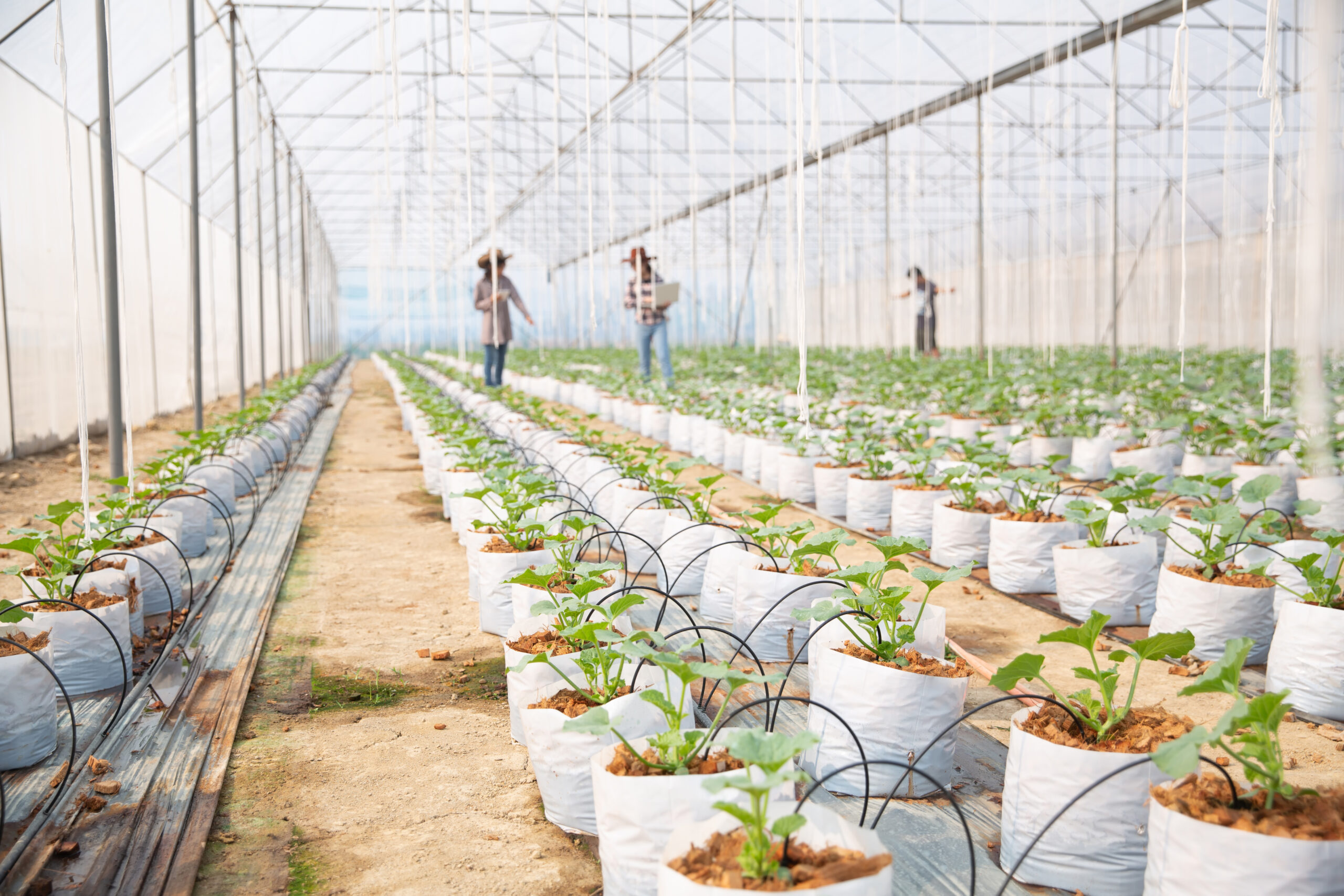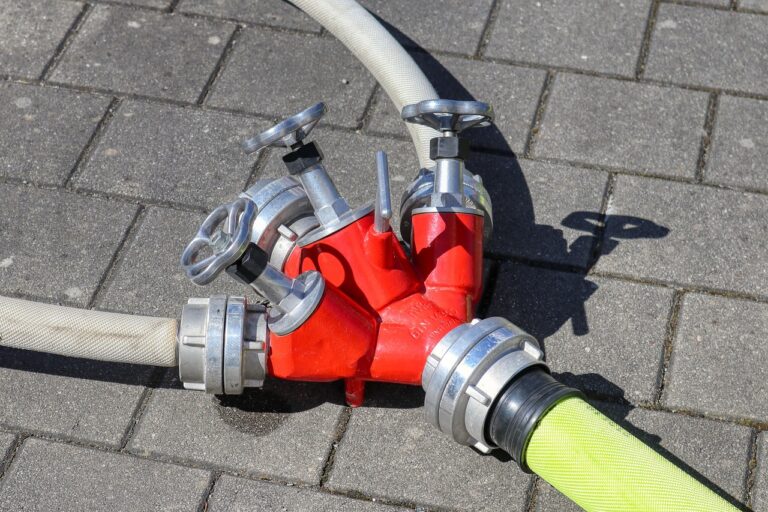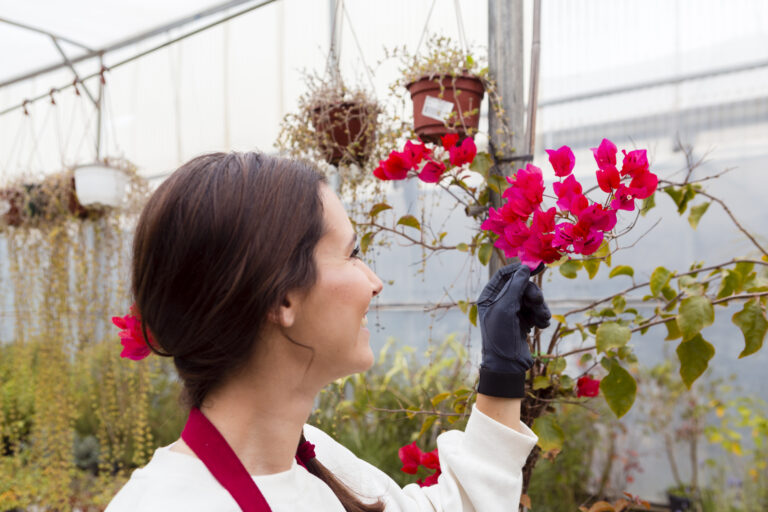What is the definition of a greenhouse?
A greenhouse is a specially designed structure made primarily of transparent materials such as glass or plastic that allows sunlight to enter and traps heat inside.
This creates a controlled environment optimized for growing plants by maintaining warmer temperatures and protecting them from harsh outdoor conditions.
Greenhouses enable gardeners and commercial growers to extend growing seasons, improve plant health, and cultivate a wide variety of crops regardless of external climate challenges.
Structure & Design of Greenhouses
Understanding the structure and design elements of a greenhouse is essential for optimizing plant growth and ensuring durability. Here’s a breakdown of the key factors:
Materials Used
-
Glass: Traditional greenhouses often use glass panels for glazing. Glass offers excellent light transmission and longevity but can be heavy and prone to breakage. It also provides good insulation but tends to be more expensive.
-
Polycarbonate: This is a popular modern alternative to glass. Polycarbonate panels are lightweight, impact-resistant, and provide excellent insulation. They diffuse sunlight more evenly, reducing hotspots and helping plants grow more uniformly.
-
Plastic (Polyethylene Film): Often used in commercial or temporary greenhouses, plastic sheeting is affordable and easy to install. While it allows good light transmission, it generally has a shorter lifespan and less insulation compared to glass or polycarbonate.
Types of Greenhouses
-
Lean-to Greenhouse: Built against an existing wall or building, lean-to greenhouses save space and can share heating from the adjoining structure. They’re ideal for small gardens or urban settings.
-
Freestanding Greenhouse: A standalone structure, freestanding greenhouses offer maximum flexibility in size and location. They are the most common type for hobbyists and commercial growers alike.
-
Geodesic Dome Greenhouse: Featuring a spherical, dome-shaped design made of interconnected triangles, this type provides excellent strength, even light distribution, and efficient air circulation. Though less common, it is prized for energy efficiency and structural integrity.
Key Components
-
Frame: The skeleton of the greenhouse, typically made from aluminum, steel, or wood. Aluminum is lightweight and corrosion-resistant, steel offers strength and durability, while wood provides a classic look but requires more maintenance.
-
Glazing: The transparent or translucent material covering the frame (glass, polycarbonate, or plastic). Glazing lets sunlight in while protecting plants from the elements.
-
Ventilation: Proper airflow is crucial to control temperature, humidity, and prevent diseases. Ventilation systems include roof vents, side vents, exhaust fans, and louvered windows to maintain a balanced environment.
-
Shading: To protect plants from excessive sunlight and overheating, shading options like shade cloths, paint-on shading compounds, or retractable screens are used. These help regulate light intensity and temperature inside the greenhouse.
Function & Mechanism of a Greenhouse
How It Works
Greenhouses operate by harnessing the natural power of solar radiation. Sunlight passes through the transparent glazing (glass or plastic), warming the air, soil, and plants inside.
This heat is then trapped within the structure, thanks to its enclosed design, creating a warmer microclimate than the outside environment.
Key to this process is heat retention: the greenhouse traps infrared radiation emitted from heated surfaces, preventing it from escaping easily.
This “greenhouse effect” raises temperatures inside, allowing plants to grow in cooler seasons or climates.
Insulation also plays a vital role. Materials like double-pane glass or multi-wall polycarbonate reduce heat loss, maintain stable temperatures, and improve energy efficiency.
Good insulation helps keep warmth in during cold nights and prevents overheating during sunny days.
Climate Control Systems
To optimize growing conditions, greenhouses often incorporate climate control systems that regulate temperature, humidity, and airflow:
-
Heating Systems: During cold weather, heaters (electric, gas, or hot water-based) maintain optimal temperatures. Some greenhouses use radiant heating or underfloor heating for even warmth.
-
Cooling Systems: To avoid excessive heat, ventilation (roof vents, side vents, exhaust fans) and evaporative coolers help reduce temperature and circulate fresh air. Shade cloths or retractable screens also limit solar gain on hot days.
-
Humidity Regulation: Maintaining proper humidity levels prevents plant diseases and promotes healthy growth. Automated misters, humidifiers, or dehumidifiers help balance moisture, depending on the crop’s needs.
Together, these systems create a controlled environment that supports year-round plant growth, maximizes yields, and minimizes the risk of stress from temperature extremes or humidity fluctuations.
Uses & Applications of Greenhouses
Agricultural
Greenhouses are widely used in agriculture to cultivate a variety of crops, including vegetables, fruits, flowers, and herbs.
By providing a controlled environment, they enable season extension, allowing growers to produce fresh crops beyond the natural outdoor growing season and in regions with less favorable climates.
Research & Education
In scientific and academic settings, greenhouses serve as ideal spaces for botanical studies and controlled experiments. Researchers can manipulate variables like light, temperature, humidity, and soil conditions to study plant behavior, genetics, disease resistance, and new cultivation techniques.
Residential & Commercial
From home hobbyists growing seasonal vegetables and ornamental plants to commercial nurseries producing seedlings and potted plants for sale, greenhouses support a wide range of residential and commercial gardening needs. Their versatility makes them popular for both personal enjoyment and business purposes.
Benefits & Advantages of Using a Greenhouse
Year-Round Growing
By creating a stable microclimate, greenhouses allow gardeners and farmers to grow plants throughout the year, regardless of external weather conditions. This leads to continuous production and supply.
Protection from Pests & Harsh Weather
The enclosed structure acts as a physical barrier against many common pests and reduces damage from wind, heavy rain, frost, and extreme temperatures, resulting in healthier plants and less crop loss.
Increased Crop Yields & Efficiency
Greenhouses optimize growing conditions light, temperature, humidity boosting photosynthesis and plant growth rates. This results in higher yields per square foot and more efficient use of water and nutrients.
Challenges & Limitations of Greenhouses
High Initial and Maintenance Costs
Setting up a greenhouse can require a significant upfront investment in materials, construction, and climate control systems.
Additionally, ongoing maintenance—such as repairs, cleaning, and replacing glazing or equipment—can add to long-term expenses.
Energy Consumption (Heating and Cooling Needs)
Greenhouses often rely on supplemental heating during cold periods and cooling during hot seasons to maintain optimal growing conditions.
These systems can consume substantial amounts of energy, increasing operational costs and environmental impact if not managed efficiently.
Potential Overheating and Ventilation Issues
Without proper ventilation and shading, greenhouses can overheat, stressing plants and reducing yields.
Poor airflow can also lead to humidity buildup, promoting disease and pest problems. Effective climate control design is critical to avoid these issues.
Environmental Impact
Sustainability (Renewable Energy Integration)
Modern greenhouses are increasingly incorporating renewable energy solutions—such as solar panels, geothermal heating, and energy-efficient LED lighting—to reduce reliance on fossil fuels.
These sustainable practices help lower operational costs and carbon footprints while supporting eco-friendly food production.
Carbon Footprint (Energy Use vs. Local Food Production Benefits)
While energy consumption in greenhouses can be high, they offer environmental benefits by enabling local, year-round food production, which reduces transportation emissions associated with imported produce.
When managed with energy-efficient technologies and sustainable practices, greenhouses can strike a balance between energy use and environmental responsibility.
Innovations & Future Trends in Greenhouse Technology
Smart Greenhouses (IoT and Automation)
The future of greenhouse farming lies in smart technology. Internet of Things (IoT) sensors monitor environmental factors like temperature, humidity, soil moisture, and light levels in real-time. Automated systems adjust heating, ventilation, irrigation, and lighting without manual intervention, optimizing plant growth while reducing labor and energy costs.
Hydroponics & Vertical Farming Integration
Greenhouses are increasingly combining with hydroponic and vertical farming techniques to maximize space and resource efficiency.
Hydroponics allows soil-free cultivation using nutrient-rich water, reducing water usage. Vertical farming stacks plants vertically, multiplying production per square foot—ideal for urban or limited-space agriculture.
Eco-Friendly Materials & Designs
Sustainability drives innovation in greenhouse construction. New materials such as recyclable polycarbonate panels, biodegradable films, and energy-efficient glazing improve insulation and reduce environmental impact.
Designs incorporating natural ventilation, rainwater harvesting, and solar energy integration support greener, more resilient greenhouse systems.
Common Elements Found in All Garden Types
Whether you’re growing herbs on a balcony or managing a full backyard food garden, most gardens share a few core components.
These basics make the difference between success and struggle. From experience, I’ve seen even the most creative garden ideas fail without these foundational pieces in place.
Soil
Healthy soil is the starting point. You can use native soil, enrich it with compost, or buy pre-mixed blends.
What matters is how well the soil holds nutrients, drains water, and supports plant roots. Even a small herb pot needs the right soil to thrive.
Water Source
Plants need consistent water. Some gardeners hand-water with a hose, while others use drip irrigation or collect rainwater.
I installed a basic irrigation timer last summer, and it completely changed how much time I spent maintaining my vegetable beds. Choose what fits your space and your routine.
Sunlight
Every plant has different light needs. Some love full sun all day, while others prefer partial shade. Before planting anything, observe where the light falls in your garden. Sunlight is one of the most overlooked success factors for new gardeners.
Plant Selection
The right plant in the right place is everything. Your climate, your soil, and your gardening goals should all guide your plant choices.
You wouldn’t plant strawberries in a desert bed without shade, and you shouldn’t try growing mint in full sun if your summers are brutal.
Structure and Access
Good gardens are easy to move through and maintain. Pathways, borders, and fences help define the space, protect your plants, and keep things organized.
I’ve learned that even a few stepping stones can make a big difference in comfort and workflow.
Key Benefits of Gardening
Gardening isn’t just about growing plants. Over the years, I’ve come to see it as a full experience one that feeds the body, clears the mind, and strengthens communities.
Whether you have ten square feet or ten acres, the benefits of gardening show up fast.
Physical and Mental Wellness
Gardening reduces stress. It gives you something positive to focus on. After a hard day, pulling weeds or checking new growth is incredibly calming.
It also encourages you to get outside, move your body, and stay present. For many people, this is their form of daily meditation.
Food Security and Sustainability
When you grow your own food, you take control of what you eat. You know it’s fresh. You know how it was grown.
Even one raised bed can produce pounds of greens, herbs, and root crops. You also reduce waste by avoiding plastic packaging and long-distance transport.
Ecological Impact
Gardens support the environment. Native plants attract pollinators like bees, butterflies, and hummingbirds.
They provide habitat and encourage biodiversity. Plus, healthy soil pulls carbon from the atmosphere and stores it underground, improving the health of your local ecosystem.
Property Value and Lifestyle
A well-kept garden increases home value. It makes your property look better and feel more alive. But even more, it transforms outdoor areas into usable, enjoyable space.
You might add a seating area, a firepit, or just a peaceful place to read in the sun.
Frequently Asked Questions (FAQs)
1. What is the main advantage of using a greenhouse?
A greenhouse extends the growing season by creating a controlled environment that protects plants from harsh weather and pests, allowing for year-round cultivation.
2. How much sunlight do plants need inside a greenhouse?
Most plants require 12 to 18 hours of light daily. Supplemental grow lights can help maintain this during cloudy days or winter months.
3. Can I use any type of plastic for greenhouse glazing?
Not all plastics are suitable. Polycarbonate and polyethylene films are common choices due to their durability, light diffusion, and insulation properties.
4. How do I control temperature and humidity in my greenhouse?
Using heating and cooling systems, proper ventilation, shade cloths, and humidifiers or dehumidifiers allows precise control over your greenhouse climate.
5. Are hydroponic systems compatible with greenhouses?
Yes, hydroponics integrates well with greenhouse setups, offering efficient soil-free cultivation and water savings.
Conclusion
Greenhouses play a vital role in modern agriculture and gardening by providing a stable, protective environment that enhances plant growth and productivity.
With advances in materials, climate control, and smart automation, greenhouses have become more efficient and accessible for hobbyists and commercial growers alike.
By understanding the structure, function, and technological options available, you can select or design a greenhouse that meets your specific needs whether it’s extending your growing season, conducting research, or maximizing crop yields.
Investing in a well-designed greenhouse not only boosts your gardening success but also contributes to sustainable, year-round food production.
Embrace these innovations and best practices to create a thriving greenhouse environment that delivers healthy plants and abundant harvests throughout the year.






